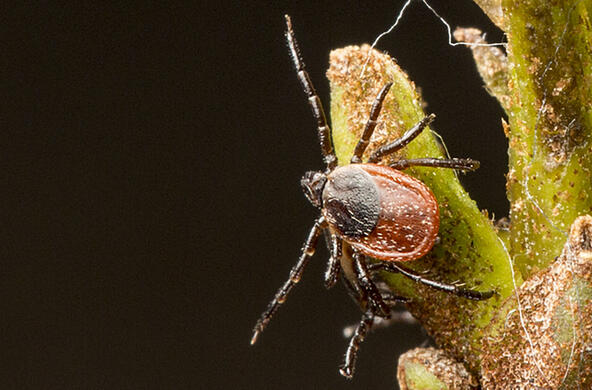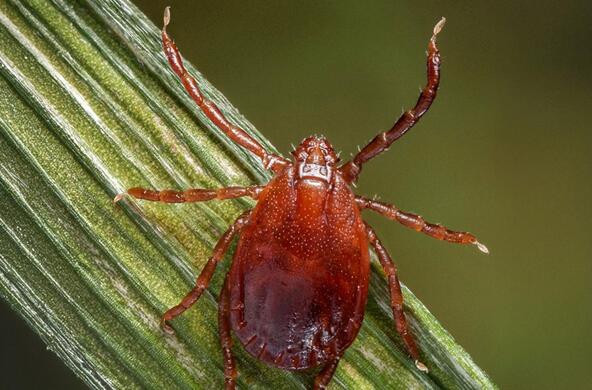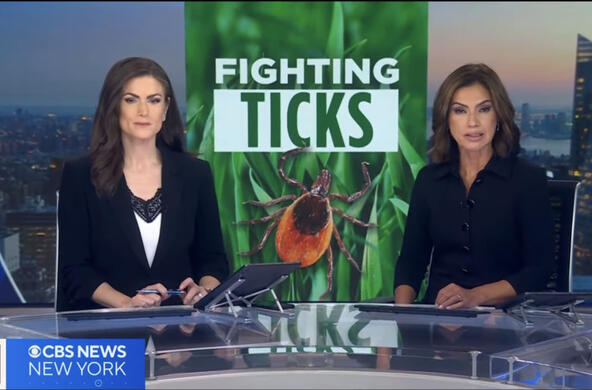
How is declining biodiversity affecting the occurrence and spread of Lyme disease? Is there a way to reduce the transmission of tick-borne diseases using ecological approaches?
On this episode of Big Biology we talk with Felicia Keesing and Rick Ostfeld, two disease ecologists working at the Cary Institute of Ecosystem Studies in Millbrook, New York. Felicia is a professor at Bard College, and Rick is a staff scientist at the Cary Institute. They study the ecology of tick-borne illnesses including a remarkable phenomenon called the dilution effect.
In front of a live audience, we discussed the dilution effect, a term Felicia and Rick coined 20 years ago that is based on their study of ticks, mice and the causative agent of Lyme disease, a bacterium called Borrelia burgdorferi. White-footed mice, which are common in the forests of the eastern and central U.S., are especially good at carrying Borrelia and are often responsible for passing it on to ticks. Felicia and Rick observed that biodiverse ecosystems tend to have fewer infected ticks and hence lower rates of Lyme infection. In other words, high host diversity dilutes the risk of disease.








